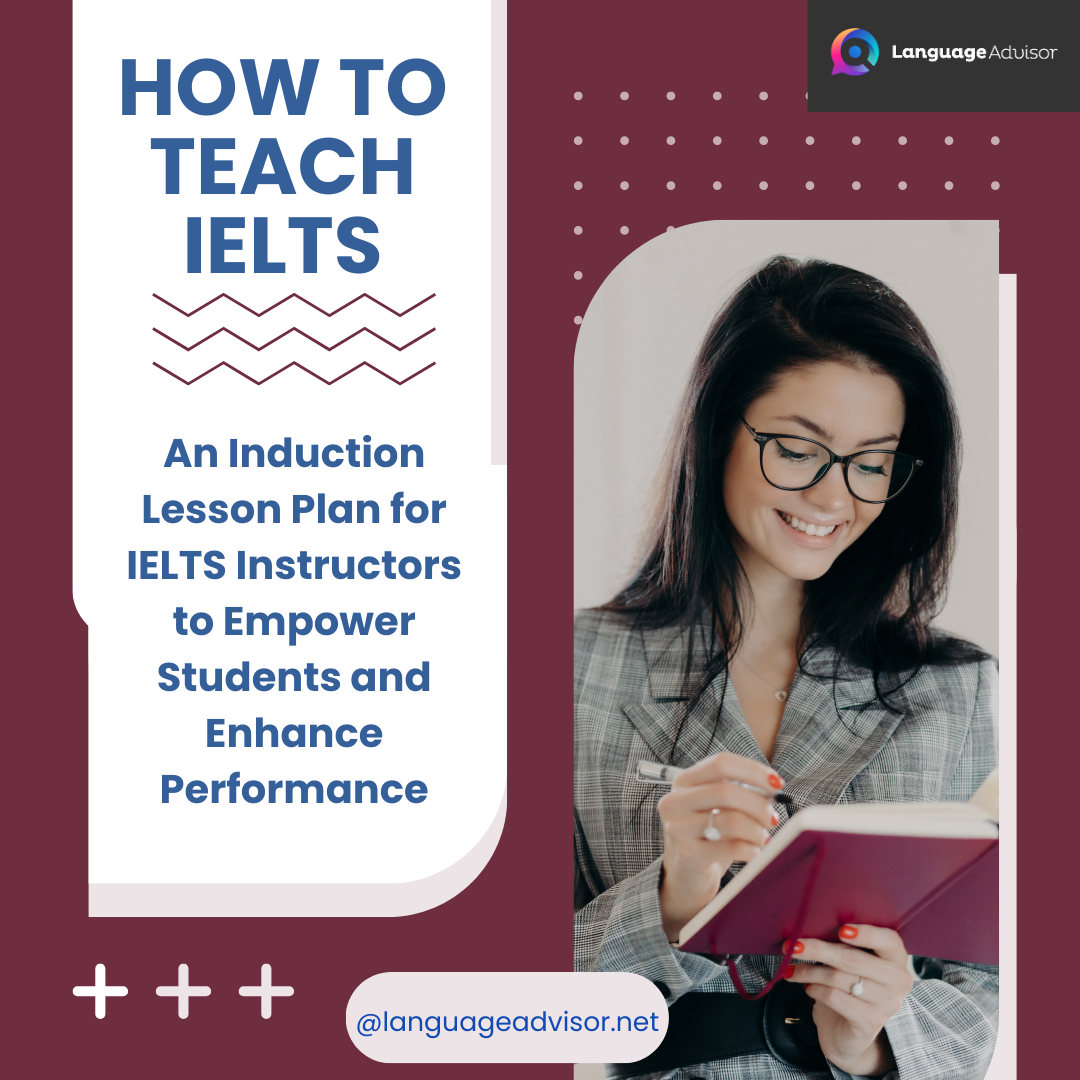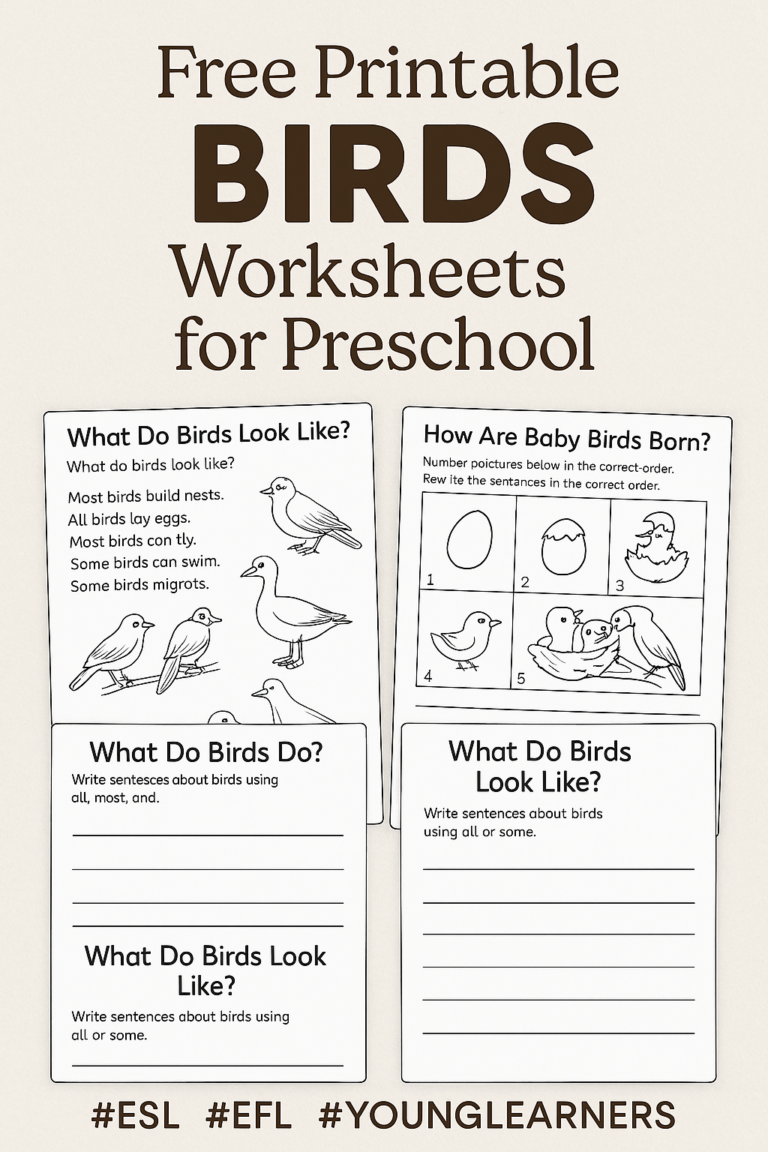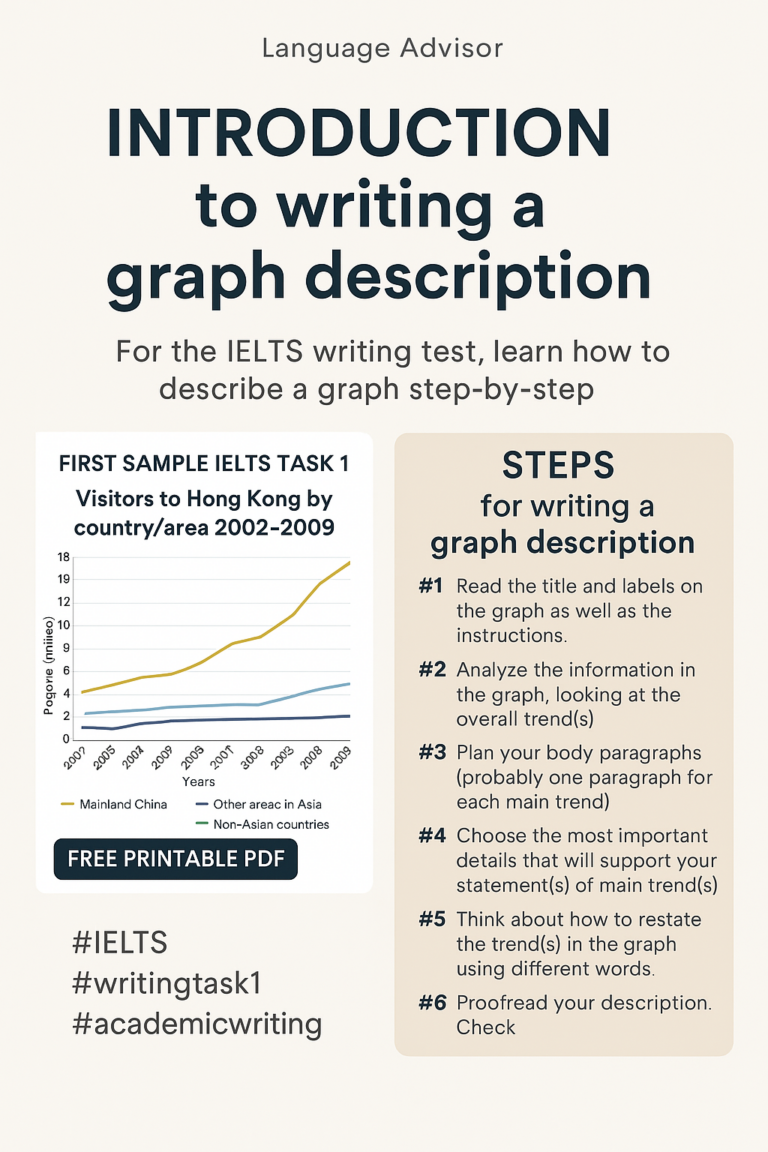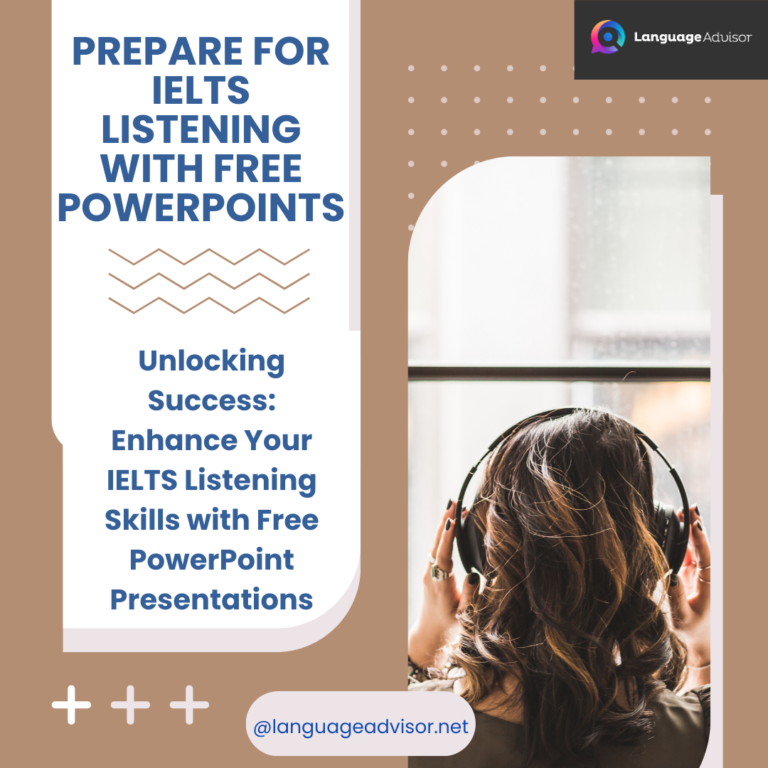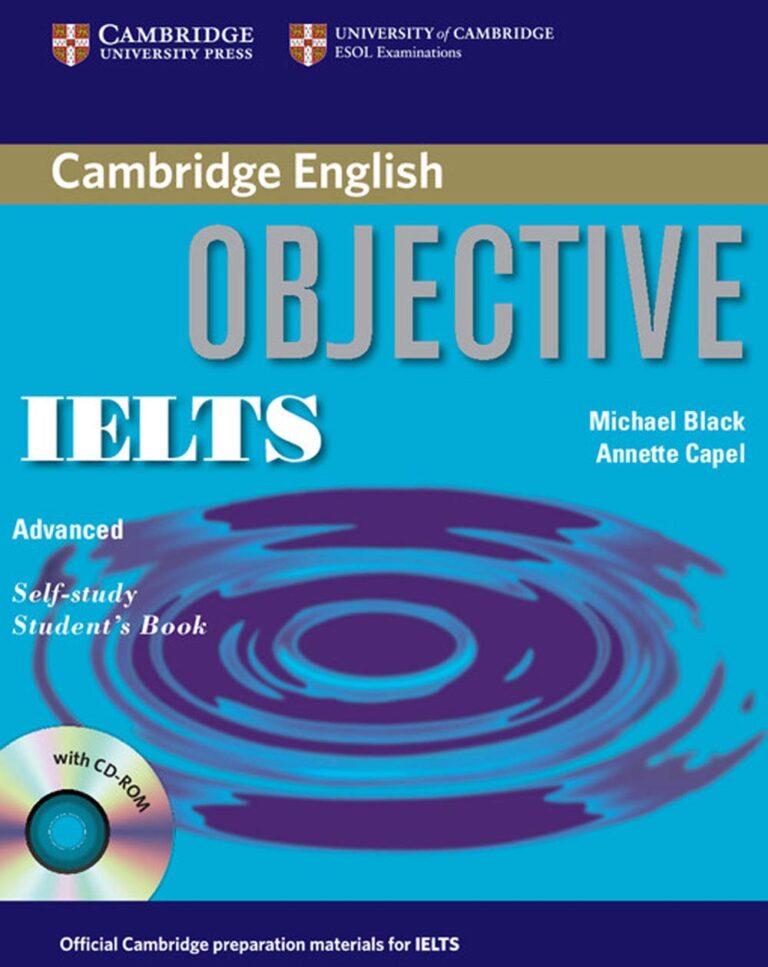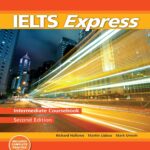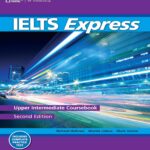How to teach IELTS. An Induction Lesson Plan for IELTS Instructors to Empower Students and Enhance Performance
How to teach IELTS

How to teach IELTS
Introducing IELTS
The clear task in front of any IELTS instructor on their first day of a new class is to get to know your students and their requirements. In most classes, you will likely have a mix of General Training (GT) and Academic students (S’s). From past experience, we have noticed that Weekend Morning classes tend to be an equal mix, while Weekend Afternoon classes are primarily GT, and Evening classes are again an equal mix. Intensive classes that run on weekday mornings lean more towards Academic.
Teaching both courses simultaneously is not ideal for an instructor and can be considered unfair to both the teacher and the students. However, it can be done! If you have a mixed group, tell your students from day one that all students on an IELTS course will be able to complete both GT and Academic task 1 writing tasks, making classroom management easier. Allocating mixed task 1 writing tasks as homework consolidates this for the students.
There are mostly two levels of students that take IELTS: Intermediate and Upper Intermediate. It has been proven that candidates can become Upper-Intermediate if they are prepared to work hard.
Being well-prepared for your first lesson will help you combat any nerves. How you use this material is up to you. Every instructor presents material differently. Using the materials provided for an introduction class will be informative for new students and clear-cut for you, the instructor.
LESSON PLAN
Induction Day: Warm-up: Introduce yourself briefly, nothing too personal. Get to know the students (S’s), their reasons for taking IELTS, and their desired band scores. Ask students about their strengths and weaknesses in English. Remind them that the course is about training, not testing, and that taking the exam too often can reduce their scores.
Rules: Language 1 (L1) interference is their enemy from now on. Only English will be used during the course. They need to eat, sleep, think, and breathe English before taking the exam. Mobile phones are not tolerated in the classroom. No exceptions! Make sure everyone has your school’s telephone number for emergencies. Chewing gum is not allowed as it is rude and not permitted in the exam. Erasers are discouraged; crossing through errors with one line helps students learn from their mistakes.
Format: Allocate the IELTS Exam Format and descriptors. Go through each module of the exam and explain what is expected of them. Use the FAST INTRODUCTION to IELTS. The format of the exam is vital to the studying process. Even though some students may have taken the exam before, most are unaware of what the actual exam or test day consists of.
Band Scores: Allocate the breakdown of band scores. Put examples of previous scores on the board. This shows students what can be achieved. There are also real examples on our website.
LESSON PLAN – Fast Introduction What is IELTS? Ask the students, “What is IELTS?” What do they know about the format of the IELTS exam? Explain that “IELTS stands for International English Language Testing System. It is an English language proficiency exam measuring the ability to communicate in the four basic language skills.
How many sections are there? It consists of 4 modules: Listening, Reading, Writing, and Speaking. How long does the test take? 2 hours 45 minutes. The total test duration is around 2 hours and 30 minutes for Listening, Reading, and Writing modules.
Board Work: The board should look like this for better visual explanation:
- Listening: 40 minutes – 40 Questions – plus 10 minutes transfer time.
- Reading: 60 minutes – 40 Questions – NO additional transfer time.
- Writing: 60 minutes – 2 TASKS
- Task 1: GT – Letter, Academic – Data report (at least 150 words)
- Task 2: Essay (at least 250 words)
- Speaking: 11–14 minutes – 3 parts (Warm-Up, Cue Card, Discussion)
As you put the information on the board, get students to pay attention to the descriptors for each module. Remind them there is no pass or fail in IELTS. Allocate BAND SCORE sheets and ask students where they think they are now in each module.
Exam Day: If your exam is at an Istanbul location, arrive at 8:15 am. You will be taken to an exam room and your ID documents will be checked.
Listening: The Listening Test is the first thing you have to do when you take an IELTS exam. The Listening Test has 4 sections, each with 10 questions, totaling 40 questions. The test lasts about 30 minutes, then you have an extra 10 minutes to transfer your answers to an answer sheet.
Reading: The Reading Test is immediately after the Listening Test, with no break in between. There are 3 sections in the Reading Test, each with 13 or 14 questions, making 40 questions in total. The test lasts 60 minutes, and you must write your answers on an answer sheet within this time.
Writing: The IELTS Writing Test should commence after the Reading Test. There are 2 parts to the Writing Test, and you have 60 minutes to complete them both. You should spend 20 minutes on IELTS Writing Task 1, writing 150 words or more. Spend 40 minutes on Task 2, writing 250 words.
Speaking: The IELTS Speaking Test is the final part of the exam, lasting between 11 and 14 minutes. There are 3 parts to the Speaking Test:
- Warm-Up: Introduction/interview (around 10 questions in 4 to 5 minutes)
- Cue Card: Short presentation (talk for 2 minutes with 1 minute to prepare)
- Discussion: (around 5 questions in 4 to 5 minutes)
The International English Language Testing System (IELTS) exam: Exam Format
Listening: Time: 30 minutes Candidates listen to a number of recorded texts once only. The texts increase in difficulty and include a mixture of conversations and dialogues featuring a variety of English accents. Candidates are given time to read the questions before listening and 10 minutes to transfer their answers to an answer sheet.
Academic Reading: Time: 60 minutes There are three reading passages with different kinds of questions. Texts are taken from books, magazines, journals, and newspapers, written for a non-specialist audience. Answers are recorded on an answer sheet within the hour.
General Training Reading: Time: 60 minutes Texts are based on everyday materials in an English-speaking country, such as newspapers, advertisements, instruction manuals, and books. Answers are recorded on an answer sheet within the hour.
Academic Writing: Time: 60 minutes The first task requires writing a 150-word report based on a graph, chart, table, or diagram. The second task is a 250-word essay in response to a given topic.
General Training Writing: Time: 60 minutes The first task requires writing a letter either asking for information or explaining a situation. The second task is a 250-word essay.
Speaking: Time: 11-14 minutes The test is a one-to-one interview between the candidate and the examiner. Candidates answer questions, speak for 1-2 minutes on a given topic, and answer further questions expressing opinions and speculations.
BAND SCORES: There is no pass or fail in IELTS. Candidates are graded from 1 to 9 for each part of the test, resulting in an Overall Band Score. Scores are valid for two years.
Band Score Competence:
- Band 9: Expert user – Fully operational command of the language.
- Band 8: Very good user – Fully operational with occasional inaccuracies.
- Band 7: Good user – Operational with occasional inaccuracies.
- Band 6: Competent user – Generally effective command despite some inaccuracies.
- Band 5: Modest user – Partial command with many mistakes.
- Band 4: Limited user – Basic competence limited to familiar situations.
- Band 3: Extremely limited user – Only conveys and understands general meaning in familiar situations.
- Band 2: Intermittent user – Basic communication using isolated words.
- Band 1: Non-user – No ability to use the language.
- Band 0: Did not attempt the test – No test taken.
Frequently Asked Questions:
- Q: How many hours of study do I need for my desired band score? A: Approximately 80-100 hours.
- Q: How many points do I need from listening and reading for a good band score? A: Between 28 and 33 correct answers.
- Q: Can I improve my band score in a month? A: Yes, with hard work.
- Q: Do I need IELTS General or Academic? A: Check with the organization you plan to study or work with.
- Q: Is there a secret to getting a good IELTS score? A: No, practice is essential.
- Q: How can I improve my speaking? A: Practice regularly, even ten minutes a day is beneficial.
SUMMARY Completion:
Read the summary and fill in the blanks with the appropriate information. The IELTS exam consists of four modules: Listening, Reading, Writing, and Speaking. You hear a recording once and complete a set of questions while listening. After the recording ends, you will have 10 minutes to transfer your answers. You have one hour to read the given passages and answer a set of questions based on the information provided. The passages increase in difficulty. You have two tasks to complete in 60 minutes. Task 1 should be 150 words long and is a report for Academic students and a letter for GT students. Task 2 should be an essay of 250 words or more. You are asked a series of questions in a one-to-one interview with an examiner. The test includes a warm-up, a cue card with a topic, and a discussion.
SPEAKING: Activity 1: Discussion Topics In this activity, practice common IELTS discussion topics. Provide each student with a topic, and allow them to speak for 1-2 minutes. Afterward, open the floor for questions and further discussion. Encourage all students to participate, providing feedback as needed.
Activity 2: Role-play Pair up students and assign them different roles (e.g., examiner and test-taker). Allow them to practice the IELTS speaking test format. Rotate pairs to give students a chance to experience different roles and questions.
Activity 3: Real-life Scenarios Present students with real-life scenarios they might face in an English-speaking country. Have them respond to the scenarios in English, simulating the speaking test conditions. Provide feedback on fluency, coherence, and pronunciation.
Writing Task 1: Provide students with sample charts or letters and allow them 20 minutes to complete Task 1. Collect their responses for review and provide constructive feedback focusing on the format, grammar, and coherence.
Writing Task 2: Present a range of essay topics and give students 40 minutes to complete Task 2. Collect their essays for review and provide feedback focusing on argument structure, grammar, and coherence.
Homework: Assign students a mixture of GT and Academic writing tasks to complete before the next class. Encourage them to practice listening and reading exercises available online or in IELTS preparation books. Remind them to review band descriptors and work towards their desired scores.
Conclusion: Summarize the key points covered in the lesson. Address any questions or concerns from the students. Remind them to practice regularly and stay motivated throughout the course. Encourage them to communicate in English as much as possible outside the classroom to enhance their skills.

DOWNLOAD THE PDF FOR FREE

Also check out these resources to successfully prepare for IELTS


